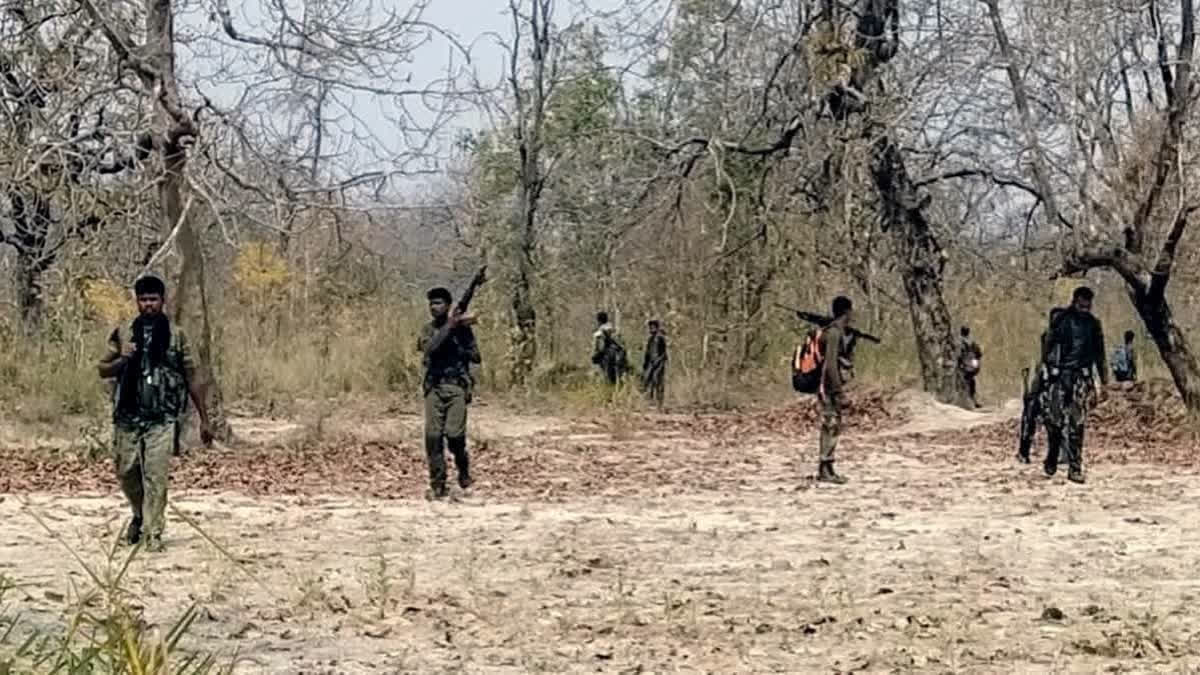ByBharat Rao & Anil Gejji
Bengaluru:When Karnataka Chief Minister Siddaramaiah urged Naxals to surrender and reintegrate into the mainstream last week, it ruffled some feathers, especially given the widespread belief that the Naxal threat in the state is almost negligible. The announcement, which includes promises of financial and legal aid under the state’s Naxal Surrender and Rehabilitation Policy, came only after the encounter killing of Naxal leader Vikram Gowda near Udupi recently.
Though the timing of the move is said to be tactical, many attribute it to pressure from activists and reformed Naxals who have urged the government to adopt a more sympathetic approach toward Naxals.
The Naxal issue
The early efforts of the Karnataka government to persuade and bring Naxals into the mainstream dates back to 2005 especially after two suspected women Naxallites - Parvathi and Hajiba - were gunned down by the police in Udupi forests. The encounter brought to the fore the growing influence of Naxalim in the Kudremukh National Park in Western Ghats spread across Udupi, Chikkamagaluru and Dakshina Kannada districts.
Till then, left extremism was seen only in parts of Raichur and Tumakuru districts bordering the then united Andhra Pradesh. Intelligence reports gathered at that time revealed that over 50 young men and women were active in Naxalism, while more being lured towards it. This forced the state government to take the issue seriously and start efforts to persuade them to shun arms. The efforts of civil society members like late activist and journalist Gowri Lankesh also accelerated the rehabilitation efforts.
After having offered cash incentives, building houses and other infrastructure at tribal habitats on an ad-hoc basis, the state government formally announced a policy in 2015 for Naxals willing to surrender and reform. The policy had three objectives - facilitate the return of Naxals and left extremists to the mainstream through a simple process, offer cash incentives and vocational courses to help them take up businesses for livelihood post-surrender and offer necessary legal help to fight their cases.
"Fourteen Naxals have surrendered and successfully rehabilitated after the government policy took effect. This apart, many Naxals from Karnataka, who surrendered in other states, have also been rehabilitated," says Jitendra Kumar Dayama, Superintendent of Police, Anti-Naxal Force (ANF), Udupi.
The current Congress government revised the policy in March 2024 with increased cash incentives and benefits in order to speed up the process of surrender of the remaining Naxals.
What does the scheme entail?
As per the revised policy, the Naxals classified as Category A(a native of Karnataka and an active member of an armed group with criminal cases) will get a cash incentive of Rs 7.5 lakh after surrender while Category B(not from Karnataka but operating in the state as a member of an armed group) and Category C(those supporting and helping Naxals by being their informants without any criminal cases) are eligible for Rs 4 lakh and Rs 2 lakh compensation respectively. While 50% of the cash incentive will be given immediately after the surrender, the remaining amount will be paid in two installments at an interval of one year.
The scheme also offers Rs 5,000 per month for a year if any surrendered Naxal takes up own business or joins a vocational course. The same facility will be extended to those wishing to take up formal education. Additional incentives will be paid to those who help police catch active underground Naxals or find out their arm dumps. They are also eligible for additional cash incentives if they surrender arms and communication devices. The cash incentive ranges from Rs 2,000 for hand grenades to 50,000 for sniper rifles.
